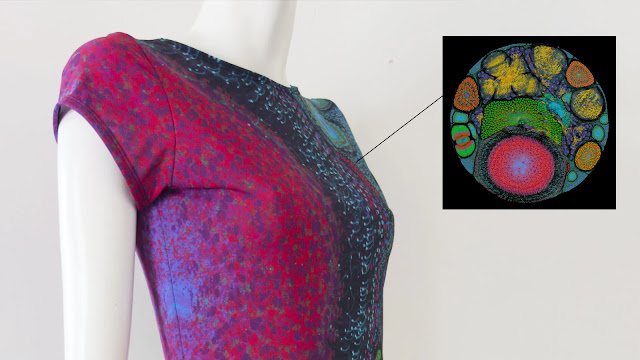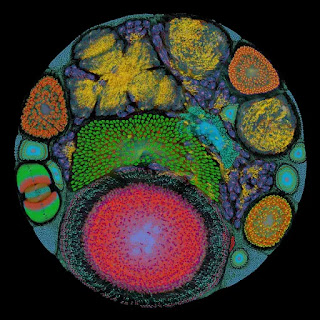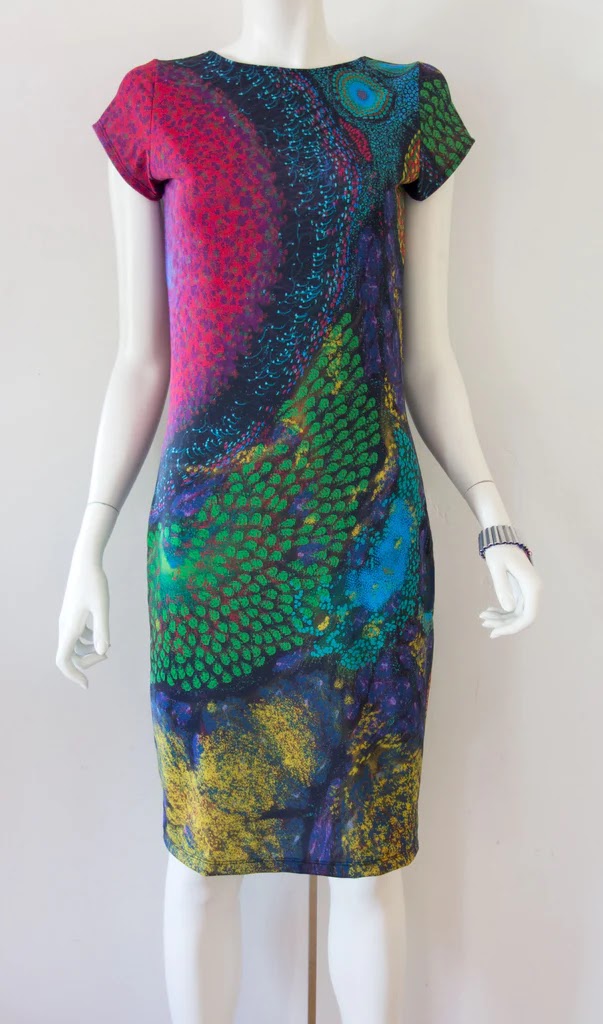Machine Learning in Fabric Design

MACHINE LEARNING (ML) Machine learning is a type of artificial intelligence that involves the use of algorithms and statistical models to enable computers to learn and improve their performance on a specific task without being explicitly programmed.
In machine learning, a model is trained on a large dataset and makes predictions or decisions based on that data. The model can then be fine-tuned and improved over time as it is exposed to more data and feedback. There are several different types of machine learning, including:
-
Supervised learning: In supervised learning, the model is trained on a labelled dataset, where the correct output is provided for each example in the training set. The goal is to make predictions or decisions based on new, unseen examples.
-
Unsupervised learning: In unsupervised learning, the model is not given any labelled examples. Instead, it must discover patterns and relationships in the data on its own.
-
Semi-supervised learning: In semi-supervised learning, the model is given a dataset that is partially labelled and partially unlabelled. The goal is to make use of the partial labelling to improve the model's performance on the unlabelled examples.
-
Reinforcement learning: In reinforcement learning, the model learns to make a sequence of decisions in an environment in order to maximize a reward.
Machine learning is used in a wide range of applications, including image and speech recognition, natural language processing, and predictive analytics.
FABRIC DESIGN USING ML
Machine learning can be used in fabric design in several ways:
-
Generating new design ideas: Machine learning algorithms can be used to generate new fabric designs based on user preferences or market trends. This can be done by training a model on a large dataset of existing fabric designs and using it to generate new, original designs based on certain input criteria.
-
Optimizing design parameters: Machine learning can be used to optimize various design parameters, such as color, pattern, and texture, to create fabrics that meet specific performance or aesthetic requirements. For example, a model could be trained to generate fabrics with specific properties, such as moisture-wicking or anti-microbial, based on input parameters.
-
Personalizing designs: Machine learning can be used to create personalized fabric designs based on individual user preferences and measurements. For example, a model could be trained to generate custom-fit clothing patterns based on a user's body measurements and style preferences.

This image is generated by an AI processing unit from GRAPHCORE which basically represents the process happening during Machine Learning This beautiful pattern is an inspiration for textile fabric design and opens a new window of opportunity for textile designers.

Use of machine learning in fabric design has the potential to reduce the time and cost of design development, as well as to create new, innovative fabrics that meet specific performance or aesthetic requirements.
Image Source: https://shenovafashion.com/ | https://www.graphcore.ai/